Because of its stunning, flaming orange-red coloring, and Ember tetra (Hyphessobrycon amandae) is sometimes known as the Fire tetra (Hyphessobrycon amanda).
In addition to being simple to care of, these energetic small shoaling fish are also lovely to look at, making them an ideal complement to any tranquil community setting.
Among the most famous tropical fish in the hobbies is the ember tetra. How long, on the other hand, will these little fish live? Do you think a collection of these colorful jewels will look well in your aquarium?
Here you will learn everything you need and to understand about Fire tetras. ember tetra care
Ember Tetra – Overview
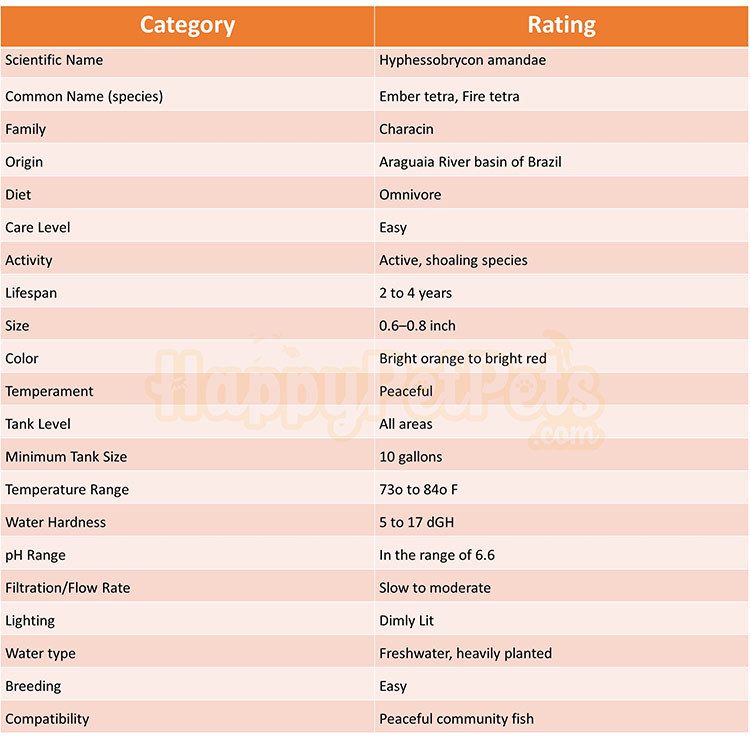
Ember Tetra – Overview
Ancestry And Environment
Embers tetras may be found in Central Brazil’s Araguaia River watershed.
Slow backwaters with extensive aquatic vegetation and overhanging tree canopies are home to the fish, which are able to hide from predators.
Small invertebrates and plant materials are what Ember tetras eat.
So, How Do Fire Tetras Look?
Your Ember tetras’ coloration is strongly influenced by their nutrition and care.
Popularity of ember tetras may be attributed to the fish’s vivid orange-red coloration. When it comes to such a little fish, you get a lot of value for your money. It’s usual of tetras to have stocky bodies that thin down near the tail.
They have long, very narrow dorsal fins that fade from a bright orange to a deeper hue toward the rear, then fade to near-transparency at the margins. To match the body color, the tail (caudal) fin is forked. From the base of the tail, the tail’s color darkens until the rear half of the fin is nearly colorless.
In motion, the fish’s pectoral and ventral fins seem to be flashing in the water.
Ember Tetras Grow To What Size?
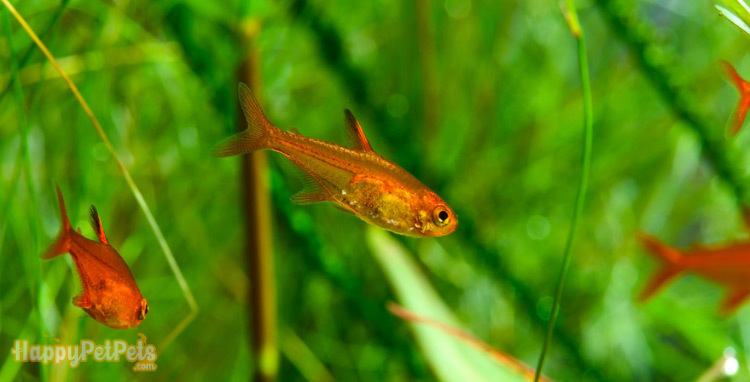
Small beauty Ember Tetra
Tank-kept The lifespan of Ember tetras is between two and four years. For some reason, fish housed in tanks with plenty of plants survive longer than those in tanks with fewer or no plants at all.
How Long Do Ember Tetras Live?
Tank-kept Ember tetras have a life expectancy of two to four years. Interestingly, fish that are kept in heavily-planted tanks tend to live longer than those in aquariums where plants are sparse.
Temperament And Activity
The Ember tetra, despite its small size, is a vibrant and outgoing fish.
In the center of the water column, these active small fishes like swimming in a sparkling school or darting in and out of the plants like aquatic fireflies.
Are Ember Tetras Compatible With Other Fish in the Tank?

Group of Ember Tetras in planted tropical fresh water aquarium
A School’s Importance
Fire tetras should be maintained in clusters of at least eight to ten, usually more, to ensure that they have enough space to thrive. In addition to thriving, fish in big conspecific schools make for a more eye-catching aquarium display.
Keeping schooling fish alone or in groups of two or three is detrimental to their health and well-being. As a result, the fish’s immune system may be impaired, causing poor health and poor colour.
Good Tank Mates
It’s not uncommon for tetras to get along with other fish since they are amiable.
Small bottom-dwelling catfish, such as Corydoras, are an excellent choice since they prefer various parts of the water column. Small fish, like as rasboras and danios, are also suitable for keeping with Fire tetras.
Snails and shrimp may also brighten up a tank and help keep it clean by eating algae and removing waste from the substrate.
Avoid Fish Species

Hyphessobrycon amandae in tropical fresh water aquarium
Large omnivorous or carnivorous fish, which may mistake the Fire tetras for food, should be kept out of your community tank because of their tiny size.
Ember tetras have been claimed to be nippy by certain hobbyists, despite their lack of a reputation as fin nippers. However, this has not been confirmed by the manufacturer. However, it seems that the problem is addressed when they are maintained in high numbers.
What Are Ember Tetras’ Favorite Food Sources?
Because they are omnivores, this fish’s coloration is influenced by what they eat.
These fish should be fed flakes of high-quality tropical fish and frozen meat. Protein and vitamins are plentiful in sea creatures such as daphnia, bloodworms, brine shrimp, and the like.
Is It Possible To Eat Live Foods
Ember betta fish prefer live food, but remember that Ember tetras are little fish that would have a hard time eating a giant bloodworm!
Furthermore, live food and the liquid it is given in are major sources of parasites something you might introduce accidently into your tank. For this reason, I recommend eating frozen food as a safe and healthy.
How Much And When To Feed
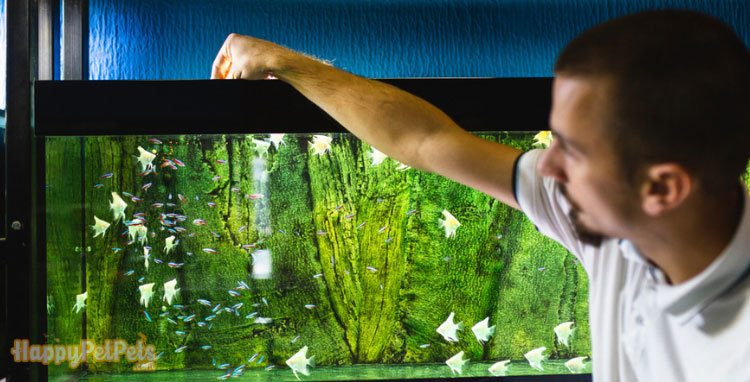
Feeding fish in aquarium
Two feedings a day are recommended for your fish: in the morning and at night.
To minimize waste and overfeeding, just give your fish what they can consume in a few minutes. This might create major health issues.
Tank Specifications
Size of a tank
A 10-gallon aquarium is sufficient for a small school of Ember tetras. A mega-school of 20 or more fish, on the other hand, will need an aquarium of at least 25 gallons.
Setup of Tank
Substrate: This Ember tetras tetra fish is best shown on a dark sand or gravel substrate for maximum effect, but it’s totally up to your personal style.
Decoration:
Plants are the most significant part of tank décor for Fire tetras. Aquascaping for these fish necessitates mimicking their natural habitat.
Aquariums may seem more natural with driftwood, smooth stones, and rocky outcrops. Don’t overcrowd the tank, though, and don’t forget to give enough of room for the fish to swim and school.
For a low-maintenance solution that looks wonderful and helps disperse light, floating plant species are an excellent choice.
Quality of Water
Ember tetras aren’t as picky about water quality as some other fish. Having said that, for your fish to grow, you must offer the proper water conditions and maintain a clean tank.
Filtration
Because these fish like to dwell in slow-moving water, it is better to utilize a filtration system that does not generate excessive flow, such as with a sponge filter.
Water Quality Factors
Temperature of Water : They can withstand temperatures as low as 72°F and as high as 84.4°F.
Hardness of water and pH of the water: Ideally, the tank’s pH should be between 5.0 and 7.0, however 6.5 is a good starting point. The hardness of the water should be maintained between 5 and 17 dGH.
Lighting: Even though the light in their native environment is often low, Ember tetras are rather undemanding when it comes to illumination.
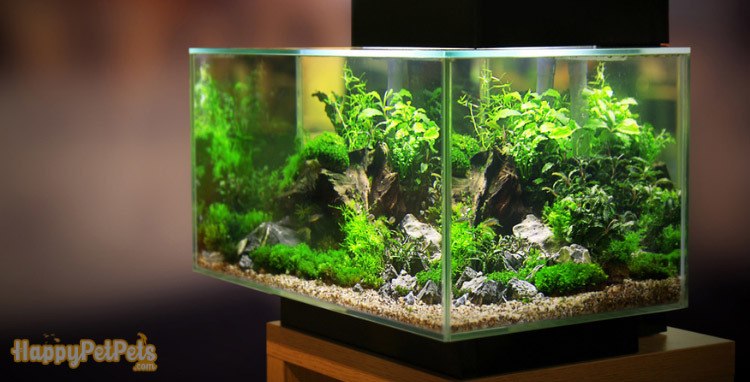
Led aquarium light
Aquarium Care
Partially changing the water in your fish tank every week, from 25% to 30%, is the best way to maintain it clean and safe for your fish. Remove rotting plant parts and uneaten fish food from the substrate using a fish tank siphon vacuum cleaner. In order to keep your biological filter from being overwhelmed by decomposing organic materials, this step is essential.
Rinse the filter media with water once or twice a month to eliminate sludge and keep the filter from becoming obstructed. You’ll need to replace the filter media as recommended by the manufacturer.
Water Quality Testing
Use an aquarium water testing kit once a week to ensure that the water parameters are steady and that the levels of ammonia and nitrites are at zero and nitrates are at 20ppm, respectively.
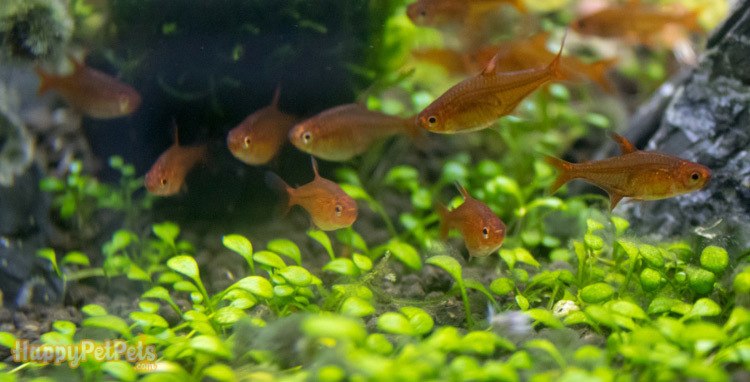
Ember tetras live freshwater aquarium fish
Instructions for Setting Up a Fish Tank
You’ll need an LED light unit, substrate, sponge filter, heater, fish tank thermometer, a water conditioner for plants, and decorations before you get started.
A Beginner’s Guide to Fish Tanks
Step 1: To remove dust, clean the gravel or sand.
Step 2: Fill the tank with a few centimeters of sand or gravel.
Step 3: Add the filtration system and heater to the tank, but then don’t turn it on yet.
Step 4: Using a water dechlorinator, fill the tank in under an inch or two of the fill line. Slowly pouring water over a dish placed upside away in the middle of the aquarium may help keep the substrate in place.
Step 5: You’ll need some ammonia-rich water to get started with your biological filtration nitrogen cycle. Then, add a few drops of pure ammonia, little fish food, as well as a few handfuls of sand from the a mature setup to your aquarium.
Step 6: Make sure all of your aquarium decorations are free of dust before placing them in the tank.
Step 7: Make sure your plants are ready by pruning away any dead or diseased sections, snipping off the ends of a stems, then planting them inside the substrate. Decorate the water by adding a few drifting plants.
Step 8: Turn the heating and filtration on. Live plants require light to grow, so keep the lights on now for up to 10 hours a day to encourage photosynthesis.
Step 9: Allow a minimum of 10 days for the bacteria to colonize the biological filter media and the surfaces of the aquarium. To make the water safe for the fish, these bacteria break down the ammonia in it.
Step 10: Ever day, do a water test. You know your tank is suitable for fish when ammonia and nitrite levels are both nil and nitrate levels are around 20ppm. The water should be tested again when the levels are too high.
Illness And Wellness
It’s important to keep the tank in good condition and feed your Ember tetras a well-balanced and nutritionally dense food to keep them healthy.
Ember Tetras’ Health Signs
Swimming around the tank in groups or darting among the plants is an indication of healthy Ember fish.
Signs Of Illness
Here are some signs that your fish may be unwell:
- Inactivity
- Clinging to the surface of the water
- Rubbing up against the plants and tank ornaments
- Torn or bleeding fins.
- To refuse to eat
Breeding
Breeding Ember tetras is easy if you have a decent mix of males and females in your tank and the right tank conditions.
Ideally, the pH in the tank should be about 7.0 and the temperature should be around 80°F, which is the recommended temperature range for fish.
Parental interest in fry disappears when egg-laying and spawning is complete. At this stage, it is ideal to transfer the young to a smaller fry tank where they can develop. As soon as the fry are big enough, you may start feeding them commercial fry food, infusoria.
Do You Have A Female Or A Male Ember Tetra?
When compared to female Ember tetras, males are often slimmer and darker in color.
Availability
Ember tetras may be purchased for a few dollars each from local pet shops, internet vendors, and auctions. Fish may be purchased in groups, and this is ideal since you want to maintain at least eight to ten fish in each group.
It is not uncommon for these fish to be referred to as “Fire tetras,” despite being the same species.
What You’ll Need To
- Algae magnet
- Fishnet
- Thermometer for fish tanks
- Vacuum cleaner for the aquarium
- Sponge filtration44
- Fish tank (10 or 25 gallons)
- Heater
- LED lighting system
- Living plants
- Tank ornaments
- Food for fish
- Substrate that is dark in color
- Water purification system
Also, if you’re new to maintaining tropical fish, I highly suggest investing in a decent book on the subject.
Via Youtube: Ember Tetra Care and Breeding: A Tiny Tetra with Show Stopping Color!
In Conclusion
As a last thought, I’d want to thank you for reading my tutorial on the Ember tetra.You have how many Ember tetras? How did you go about aquascaping your aquarium?Tell us about your fish in the space provided below.If you like this post, please share it with your friends!
Image source: shutterstock.com
ember tetra with betta, how many ember tetras in a 10 gallon tank, ember tetra and betta, ember tetra betta, neon and ember tetras, ember tetra temperature, ember tetra school, ember tetra, ember tetras, ember tetra size, ember tetra for sale, ember tetras for saleember tetra fish, ember tetra care, ember tetra breeding, breeding ember tetras

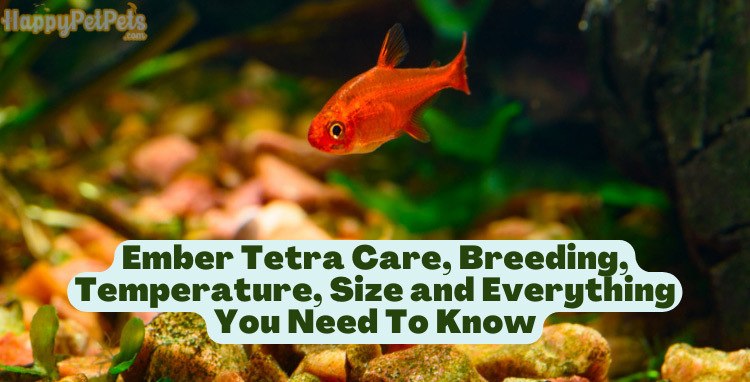

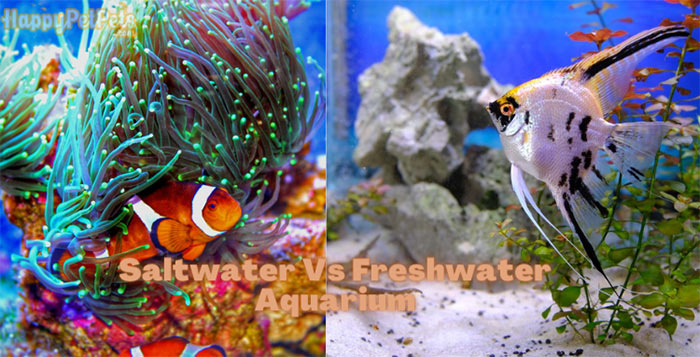


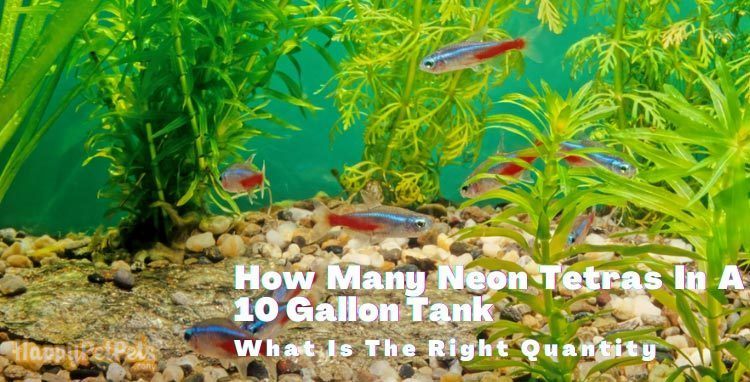
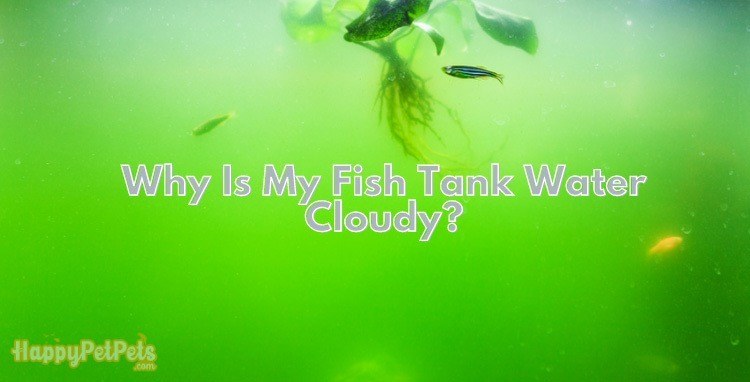
I think this is a great information and it helped me a lot. I wish everyone will love this one also. I have a blog that you can also visit.